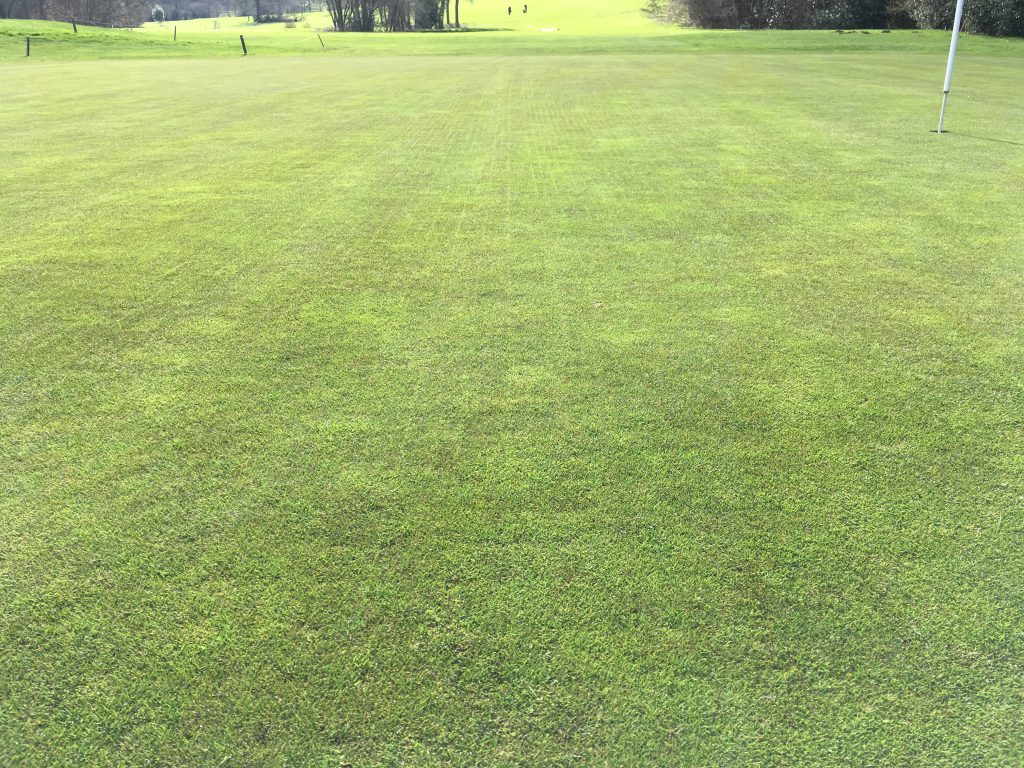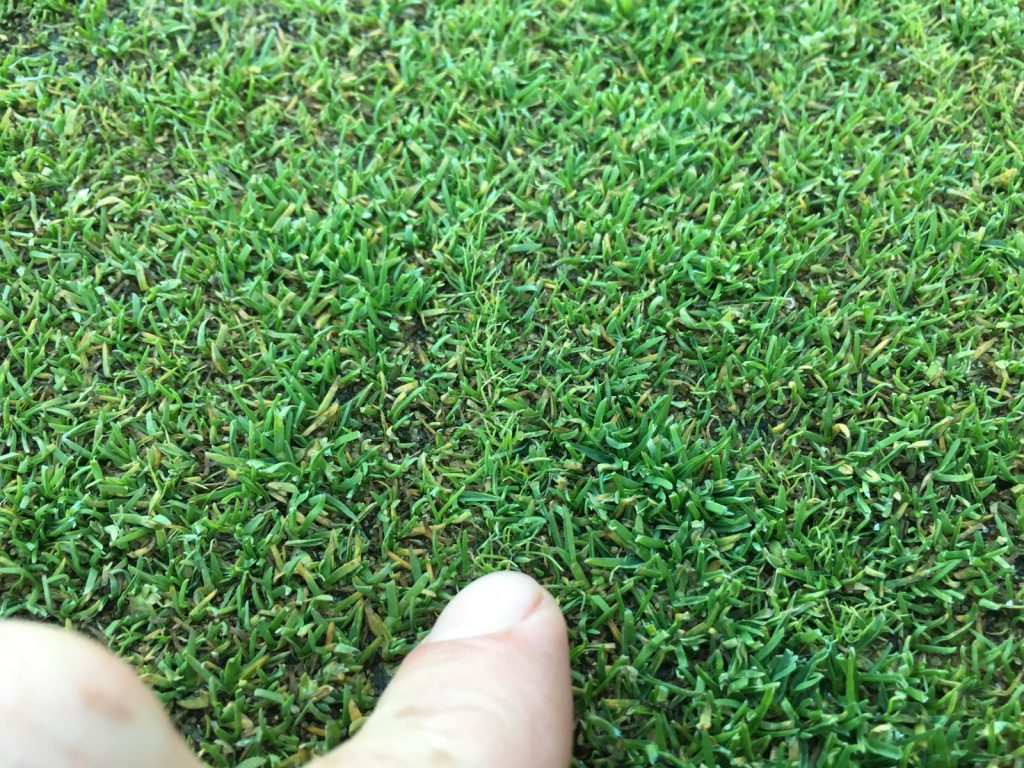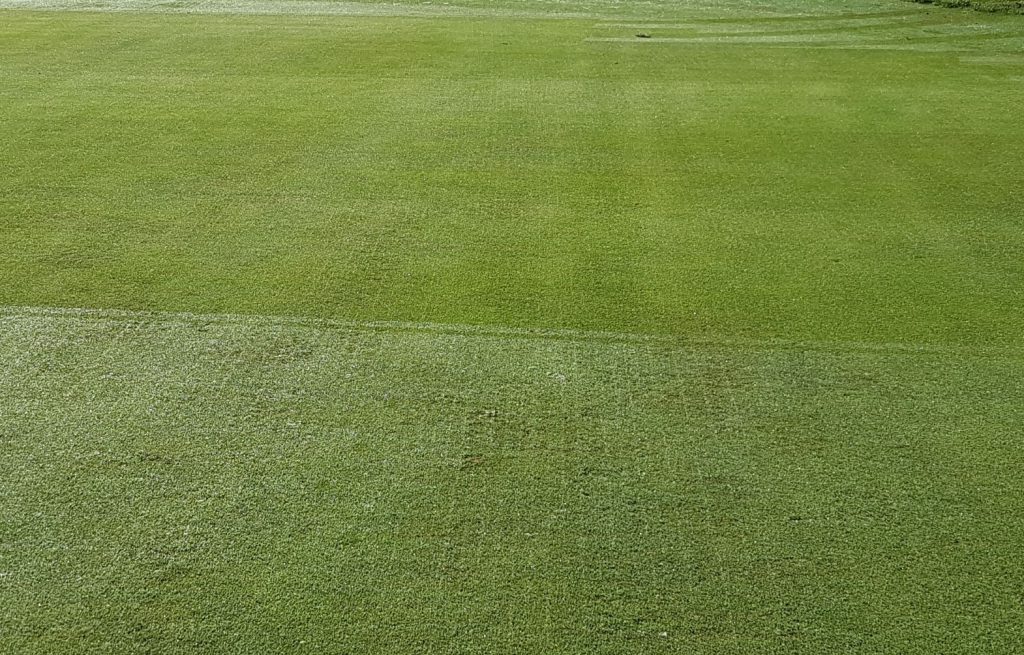Is it time you ‘cold seeded’?
Related Articles
‘Cold seeding’ is overseeding in late autumn or early spring when soil temperatures are below those required for immediate germination. The technique, popular in the USA, could help UK greenkeepers combat the loss of newly established plants as a result of cutting heights being reduced too soon after establishment, writes Sandy Pentecost MBPR (FACTS)
The traditional late-August or early-September ‘renovation week’ is widely accepted as the most appropriate time for UK golf clubs to introduce advantageous cultivars to their greens as a means of out-competing less desirable species such as poa.
Whilst this traditional overseeding window has its advantages – warm soil temperatures, rapid germination and long daylight hours during which seeding and top-dressing work can be completed with minimal disturbance to play – it also has its drawbacks, not least poor survival rates of new plants as a result of cutting heights being prematurely reduced because of fixture list pressures.

The concept of ‘cold seeding’, or ‘dormant seeding’ as it is more commonly termed in the US, addresses this problem by delaying overseeding until later in the year (late November or early December) or early the following year (February through to March). Whilst many greenkeepers might be sceptical of this strategy, largely due to the misconception that harsh winter conditions will harm the seed, the opposite can in fact be true: the colder conditions can help to break the dormancy of fresh seeds by inducing the vernalisation process. In fact, it can be argued that cold seeding follows nature’s natural re-seeding cycle more closely compared to the artificial process of adding seed earlier in the season – often before the seed would be shed naturally.
For species such as bentgrasses, which have an in-built period of dormancy after ripening or harvest, this results in good germination rates in the early spring with two key advantages: the new plants can mature for several weeks prior to being put under the stress caused by low cutting heights; the newly introduced plants will be able to prosper when the species they are trying to out-compete – notably poa annua – are still lying dormant.

Cold seeded with Germinal’s ForeFront Greens mixture in November 2017, the trial at Sweetwoods Park Golf Club in Kent produced its first visible lines of new growth in late February, with fresh growth still visible in July
Cold seeding is also less reliant on watering or irrigation because the soil is typically wet coming out of the winter and spring rainfall will maintain soil moisture. The winter freeze-thaw process can also help to pull the seed deeper into the soil profile where it will vernalise and be ready to germinate upon the arrival of warmer spring conditions.
Trials carried out by Germinal over the 2017/18 winter have shown that putting seed down in November can produce new growth as early as late February or early March, with fresh growth still clearly visible up to eight months later. Obviously, the exact timings will be dictated by prevailing weather conditions, soil moisture and temperature, but these initial findings provide tangible evidence that there is a viable alternative to the traditional renovation week.

Additional trials are taking place this winter, with Germinal working with a number of UK greenkeepers to test its AberMajesty seed mixture (a combination of its AberRegal and AberRoyal browntop bentgrasses) under a variety of drilling techniques and seeding timings to understand how and when cold seeding works best. It is anticipated that these trials will indicate that what works for one club might not work for another, but with many clubs across the UK already seeing a benefit from overseeding beyond the traditional renovation week, it may be worth experimenting on one or two of your own greens to determine if cold seeding could help your course.

























